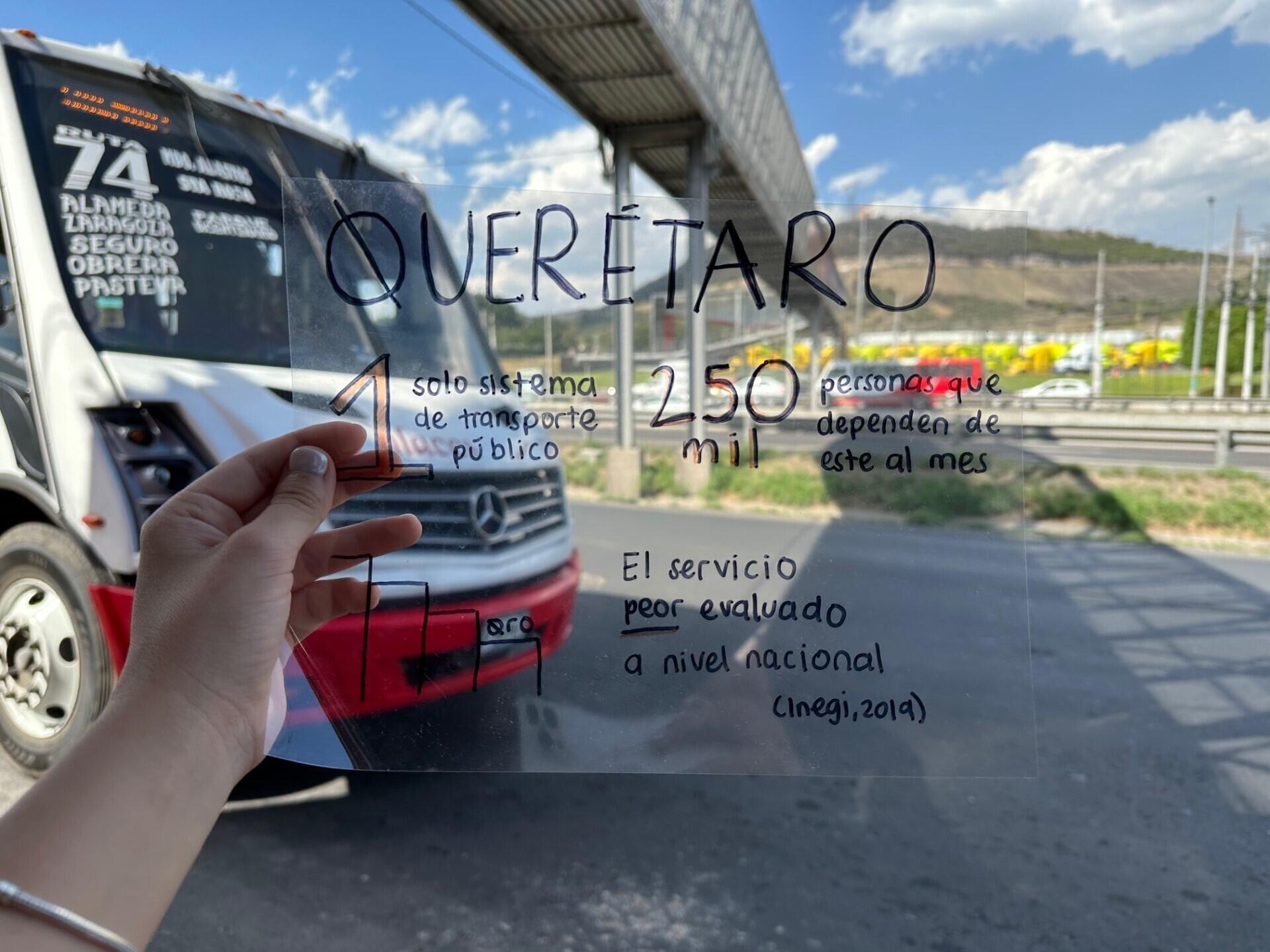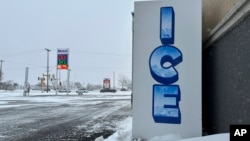Magda lives in Querétaro, one of the largest and most developed metropolitan areas in Mexico, with one million fifty thousand inhabitants, but with an insufficient and ineffective public transportation system. Almost every day this woman wants to cry and she gets stressed because she is always on the edge of being late for her work because sometimes she has to wait for the bus to pass, at least 40 minutes. The journalism student from that city, Daniela Torres, accompanied her on one of her tours.
Listen to the story and first-person report by Mexican Daniela Torres, a student at the Instituto Tecnológico y de Estudios Superiores de Monterrey in Mexico, special mention in the ninth edition of the RFI Reporting Award in Spanish.
Friday, 7:05 a.m. He accompanied Magda, a resident of the city of Querétaro in central Mexico. As a single mother, she must drop off her nine-year-old daughter at school every day before going to her work, so we start the first journey by walking because we are not sure where the bus will go.
In Querétaro, there is only one public transportation network, so the options for getting around for the 250,000 people who depend on this system per month are very limited. In addition to the fact that the service was the worst evaluated in the National Survey of Government Quality and Impact of 2019.
7:40 a.m. We arrived at school. “We walked 35 minutes, but we would have done the same or even more if we had waited for the truck”, says Magda. She now had to move us to her work.
I never would have guessed that the stop was there. There was no sign, no bench, much less a roof. It’s already 7:50 in the morning. According to the statistics of the Mexican Institute for Competitiveness, of the 10 people who were standing with us, six of them would wait more than 25 minutes, in addition to the time it took them to walk to the stop. And although on average the trip would take 32 minutes, four of these people would spend more than an hour and a half to reach their destination. Magda is already late, since her working day starts at 8:00 and the bus hasn’t passed yet.
The stress that Magda feels is a common denominator in people who use public transport, as well as the effects on their mental and physical health.
The fact that public transport in Querétaro takes so long does not allow users to have agency over their times. Space, infrastructure and deficient services condition their days. If they spend a lot of time in the sun, in the rain, if they are late, if they stop doing other activities, they have zero control over these aspects.

8:10 a.m. Finally the truck arrived. Luckily it wasn’t that crowded. It was a short stretch and Magda took the opportunity to tell me about other problems she faces: “Every two months they change the number of routes. That first the N and then it’s no longer the N, it’s already 61, and then no, it’s already the T I don’t know what. And then that I no longer get there, that I only get halfway. Right now my mother says that several of her colleagues transfer two or three trucks, because there is no longer a direct line”.
There is no direct line between Magda’s daughter’s school and her work, so we got off to take another bus. This stop is not marked either, but Magda knows it well. We got on the other truck, as we could because it was very full. We were very tight. We had to ask other people to pass our ticket money because we couldn’t even move.
8:50 a.m. “We finally arrived”, exclaims Magda. We did almost two hours since we left her house to only cover eight kilometers, and not in the best conditions.

Querétaro is a large and fragmented city
According to the Municipal Planning Institute, in the last 50 years, the urban sprawl of Querétaro has grown 17 times, while its population has only grown four times. This translates into low density, which generates mobility problems and is especially detrimental to the lowest social strata.
Magda is part of the population that would like to have a car to get around, but the salary is not enough for it. The use of the car has also become a necessity since despite the fact that in Mexico, three quarters of the trips are made by public transport, 75% of the resources continue to be allocated to works that favor the use of the car.

There are more and more cars in Querétaro. In 2000 there were 100 cars on the streets, today there are 460, and the increase is not only due to the population, but also to the lack of a good public transportation system.
Querétaro is already the seventh city with the most hours wasted due to congestion in the country, according to the Mexican Institute for Competitiveness, and now, there is more traffic due to the renovation of one of the main avenues of the city, one through which the 63 % of bus routes.







![[Img #74683]](https://thelatestnews.world/wp-content/uploads/2024/12/The-main-mistakes-to-avoid-when-betting-on-electronic-sports-150x150.jpg)







